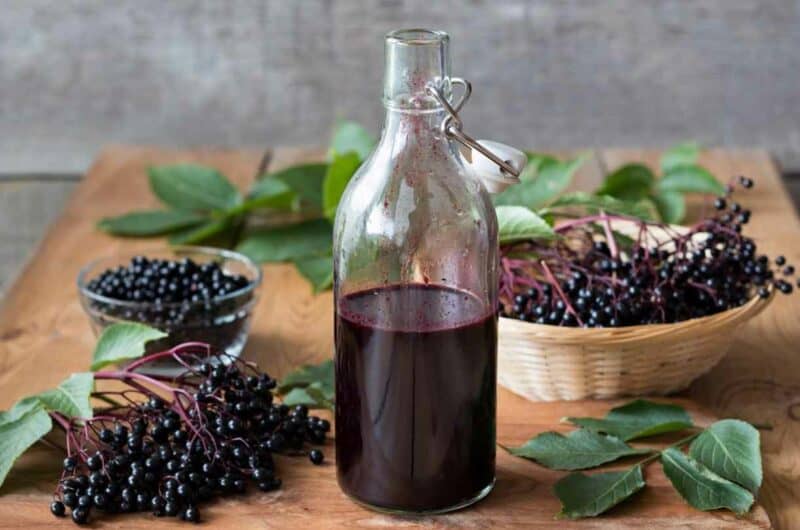If you’re a fan of rich and full-bodied wines, elderberry wine is definitely worth adding to your collection. Bursting with complex flavors that are unique– from dark fruits (black cherries and plums) to earthy notes (leather or tobacco).
And while it may sound complicated to make at first, we’ve got all the tips and tricks you need right here for crafting an exceptional batch every time.
Why This Recipe Works/ Why We Like This Recipe
Get ready to make your own batch of delicious elderberry wine with this recipe!
- Easy to Follow: One of reasons why it works so well is its simplicity—with an easy-to-follow list that includes basic ingredients like fresh or frozen elderberries and sugar.
- Detailed Instruction: Don’t let the steps intimidate you. This recipe provides homemade wines with detailed instructions at each stage taking out any guesswork.
- Basic Ingredients: The ingredients in this recipe are pretty basic. While that can be bad for some, it leaves more room for you to make adjustments based on your preference.
What You Will Need
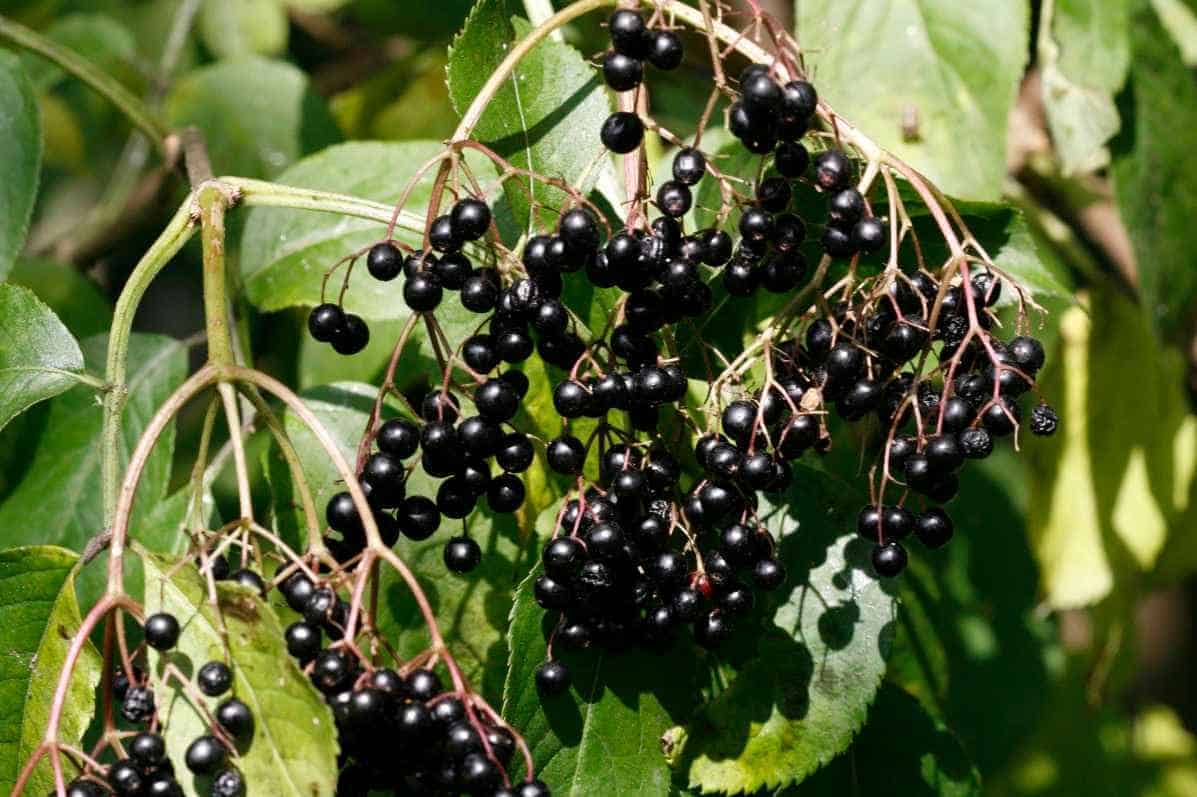
Before starting our winemaking journey, you must gather the following ingredients and equipment:
Ingredients:
- Fresh or frozen elderberries
- Water
- Sugar
- Wine Yeast
- Orange
Equipment Needed:
- Gallon carboy/Jug Glass Vessel
- S-Shaped Air Locks
- Strainer or Sieve
- Wine Siphon
- Hydrometer (Optional but useful measuring instrument)
- Bung cork stoppers
How to Make Elderberry Wine Recipe
Step 1. Cleaning the Elderberry
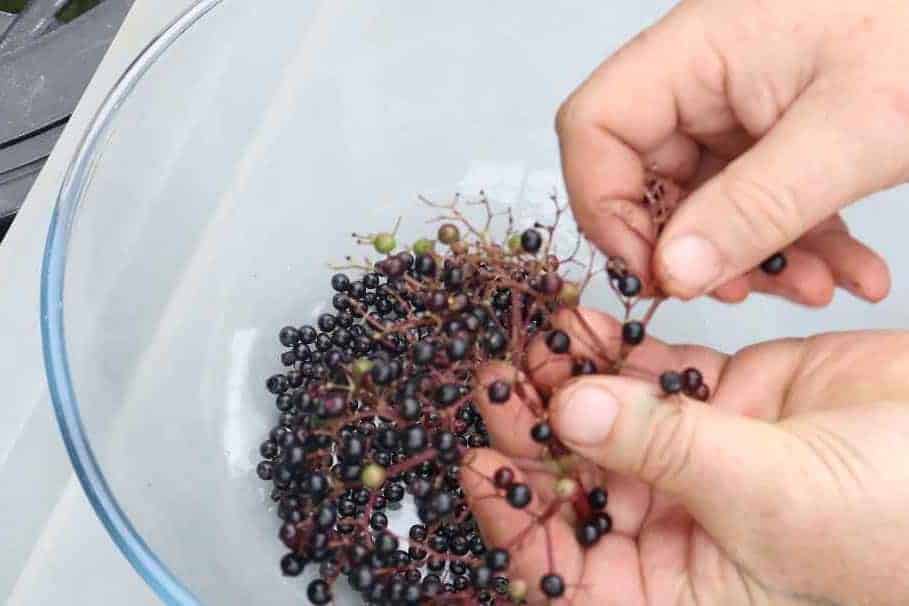
If you are using fresh or frozen elderberry, it’s important to clean it before starting the process. De-stem the berries and lightly rinse them under clean running water. Set aside.
Note that you must do this lightly. Ripe elderberries can be fragile and you might risk getting the juice out prematurely.
Step 2. Sanitize the Equipment
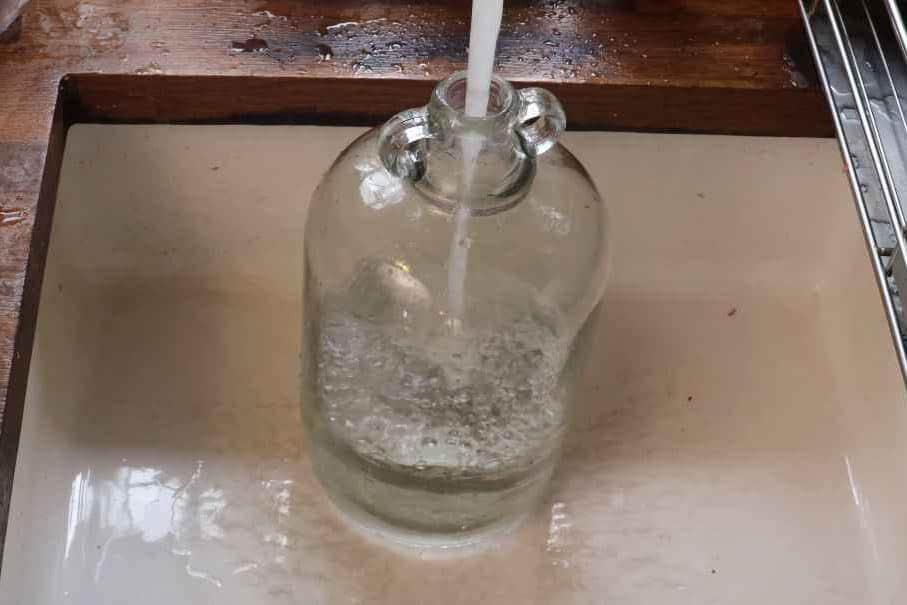
As any respectable winemaker will tell you, there are few things more critical to crafting fine wine than clean equipment. Before starting with the brewing process immerse the equipment in unscented household bleach for ten minutes.
Following this, do a swift rinse. It eliminates any residual particles effectively readying it for fermentation.
Step 3. Activate the Yeast Starter
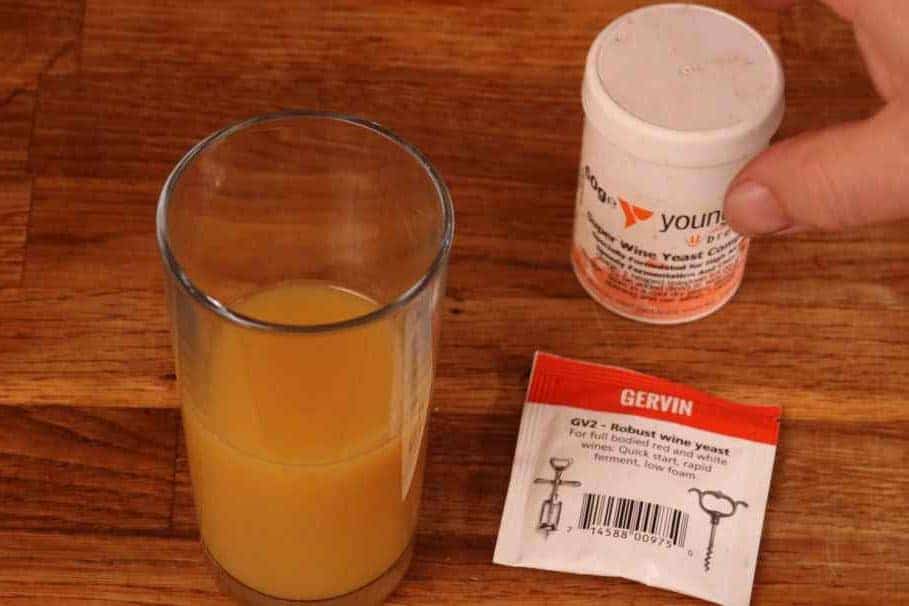
For this step, a wine or general yeast starter is enough. In a half-glass of orange juice, activate the yeast by pouring 5g in. You must see the bubbles forming at the top which signifies that the yeast is active and ready to use.
Step 4. Make a Sugar Syrup
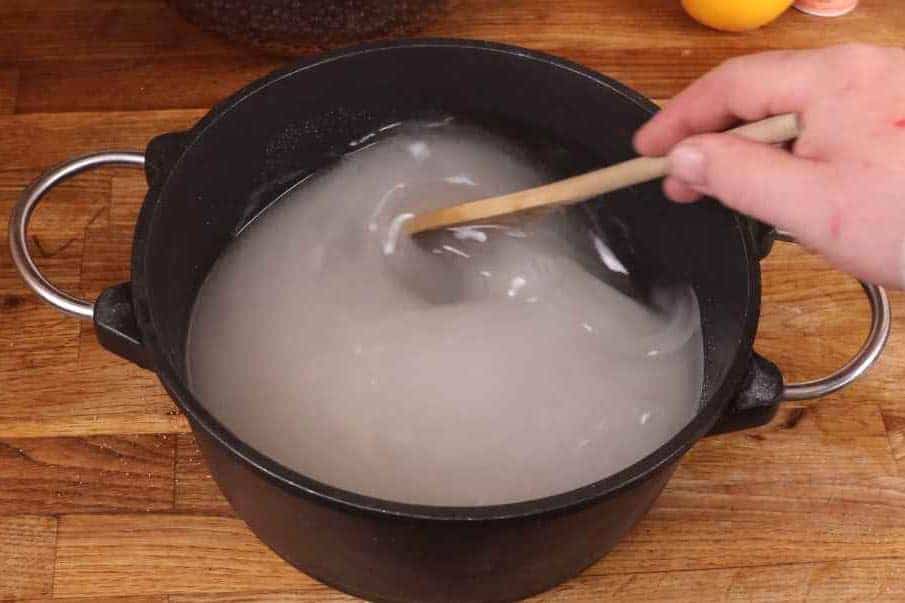
In a bowl or pan, add the sugar and boiling water. Lightly stir the ingredients together until the sugar is dissolved. This will help avoid gunk as the wine ferments.
Step 5. Cut up Some Oranges
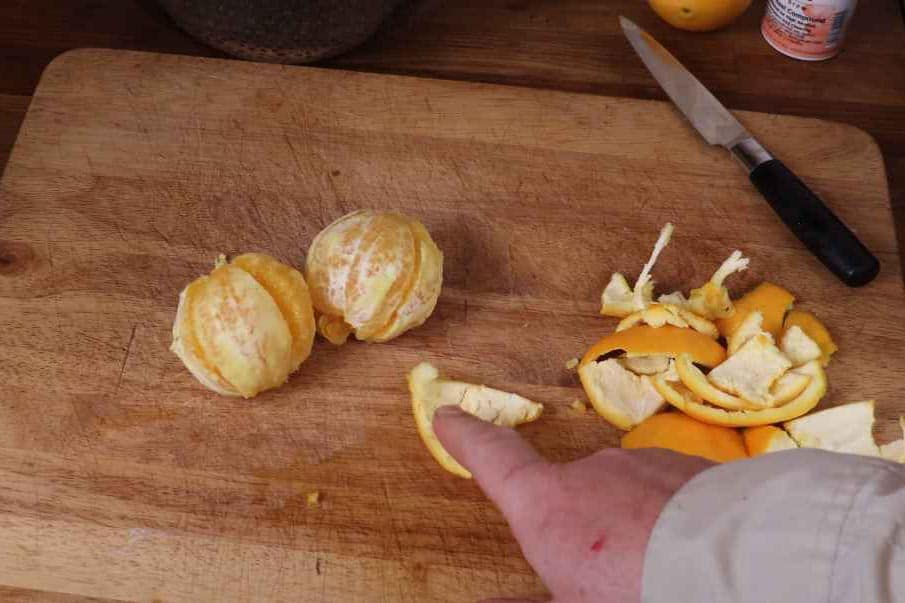
Before boiling the elderberries, you must cut up 500g of oranges. Make the cuts thin to make the boiling and incorporation of it easier.
Step 6. Boil the Berries and Add the Oranges
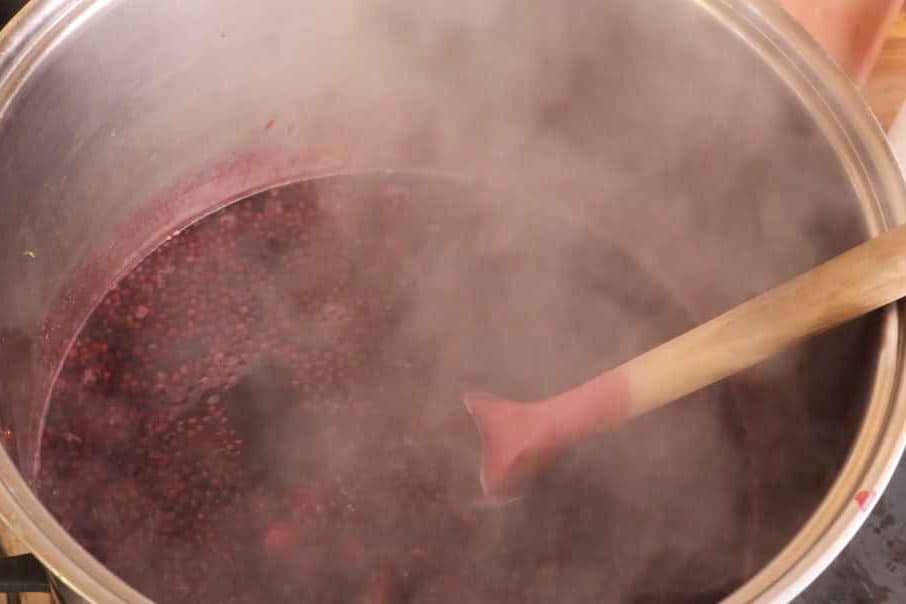
In a pan, boil three liters of water and add the washed berries. Add the thinly sliced orange segments and let the blend simmer on low heat for ten minutes. The result must be a dark purple liquid.
Step 7. Strain the Wine into a Bottle
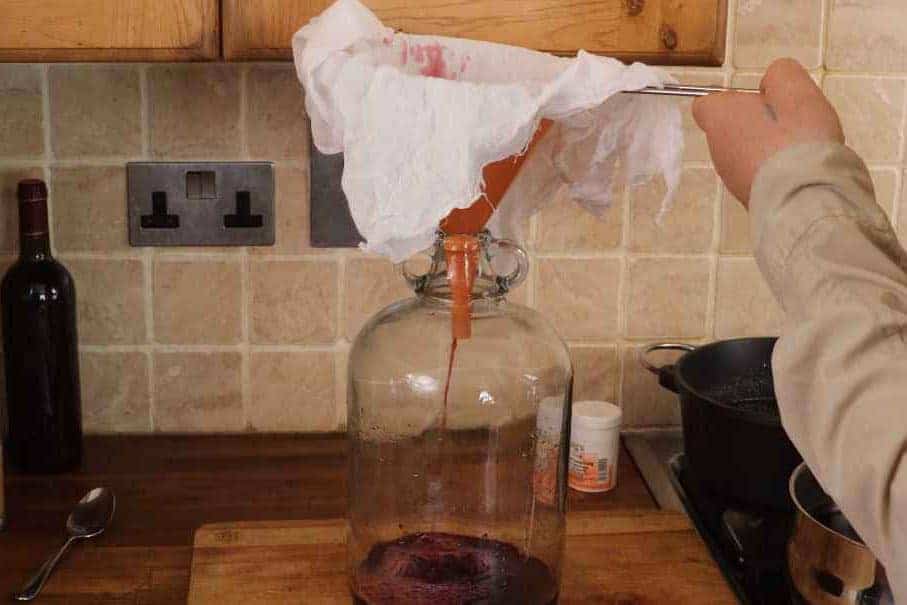
Let the must reach room temperature. Then pass it through a strainer or a sieve into a sterilized bottle. If you want a finer blend, you can also use a cheesecloth to eliminate any fruit from going in.
Step 8. Add the Yeast
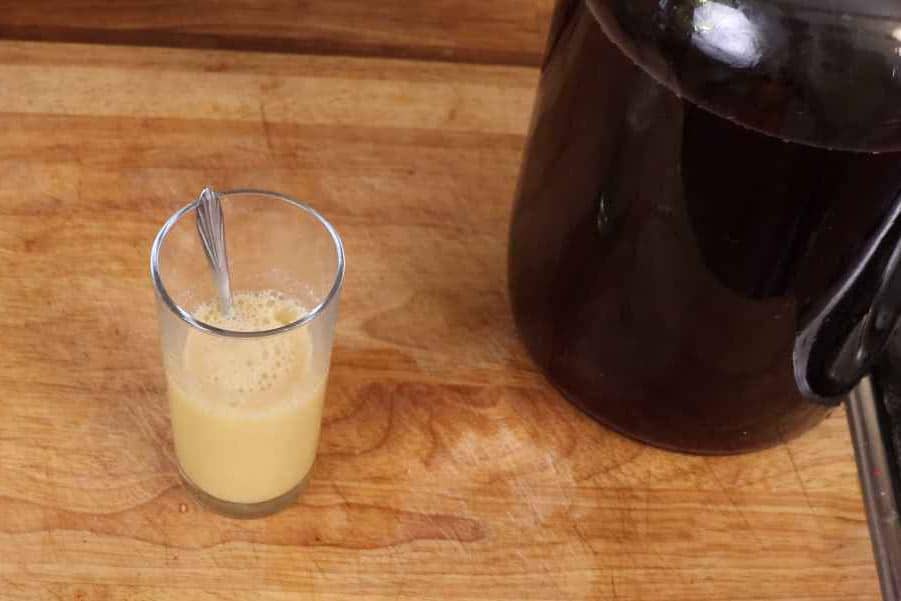
Now that the liquid is in the bottle, it’s time to add the yeast. Pour the activated yeast and stir the wine.
Note that adding the wine too early, in heat, can cause it to die off. So, let your must cool down for better fermentation.
Step 9. Let the Wine Ferment
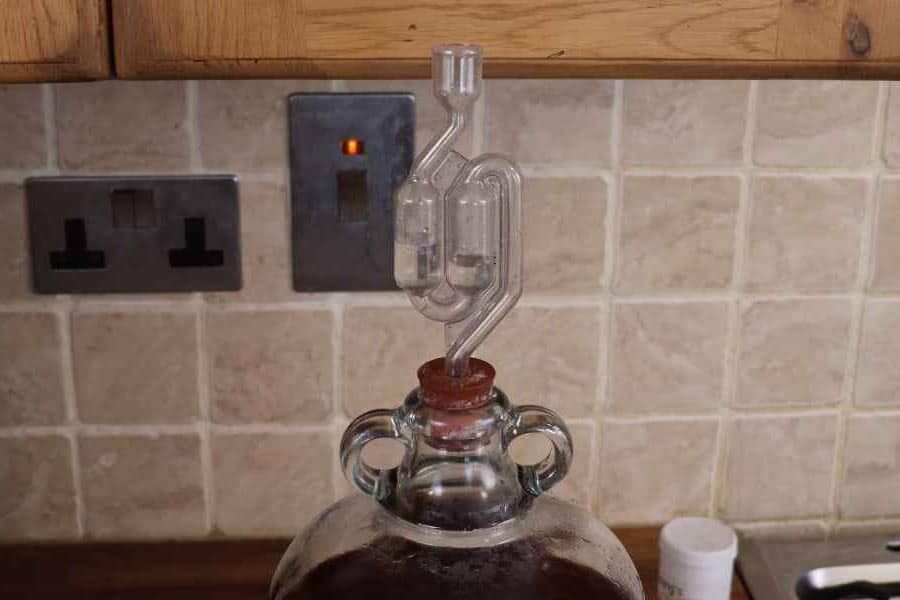
Before letting the wine ferment, put in an S-airlock. The lock will help your wine stay clean and away from vinegar flies. Let the wine ferment for 14 days.
Step 10. Clarify the Wine
After letting the wine ferment, you may notice gunk settling at the bottom of the bottle. With a wine siphon, you can easily turn the cloudy drink clear in no time. Simply lower the straining end of the siphon inside the bottle and transfer it to another sterile bottle.
Step 11. Pour the Wine into a Bottle
Rather than putting the wine into another gallon, you can also opt to put it in individual bottles. Like the other equipment, make sure you clean and sterilize it first. Then, lock it with some cork.
Step 12. Let the Wine Age
Then, you can let your wine age be based on your preference. Most homemade fruit wines like this one are mostly aged between 6 months to a year.
Note, you can also filter the wine again after siphoning. It can help the wine be more clear and provides less gunk. https://www.youtube.com/watch?v=0kH1oVGVv8g&t=2s
Tips and Tricks
- Choose Ripe Elderberries: Only plump, fully-ripened berries free from mold or damage. It ensures that enough sugars have developed during the ripening period thus encouraging microbial growth and aiding fermentation.
- Experiment with Flavors: Since this recipe is pretty basic in terms of flavor, feel free to add spices and other fruits you want.
- Use Wine Yeast: Although it’s not a must, wine yeast is an excellent aid to fermentation.

FAQs
Can I use wild elderberries to make wine?
Wild elderberry bushes often produce some excellent fruit that can work wonders when fermented thoughtfully -just be sure quality check while picking and immediately processing them after for best results (select plump mature ones free from mold and damage).
Do I need to add sulfites to elderberry wine?
The answer varies depending on personal preferences, but the presence of sulfite preservatives usually limits spoilage risks like oxidation/microbial growth during bulk aging.
Can I use elderberry juice to make wine?
Absolutely! Making elderberry wine using juice is an ideal option for those who may not have access to fresh berries or want to skip the juicing process. Just be sure you’re selecting an all-natural, high-quality juice without added sugars or preservatives.
Summary
Whether using fresh or frozen berries (ripe, plump) from wild bushes (raised naturally), this elderberry wine recipe provides all the valuable insights necessary for making high-quality batches each time!
12 Steps to Make Elderberry Wine (Step-by-Step Guides)
Ingredients
1 ½ cups of Fresh or Frozen Elderberries
3L Water
1 ¼ kg Sugar (1.65 pounds per one pound of fruit)
5g Wine Yeast
½ C orange juice, freshly squeezed
500g Orange
Directions
- Lightly clean and de-stem the fruit under clean water.
- To prepare the fermentation bottle, submerge it in unscented household bleach for 10 minutes, then give it a quick rinse.
- Activate the yeast in half a glass of orange juice. Set aside.
- Make a sugar syrup and add it together with the berries and oranges to a boiling 3 liters of water. Keep it aside until the mixture reaches room temperature.
- Once cooled, strain it into the bottle with the yeast and gently mix it so that everything blends perfectly.
- After two weeks, clarify the wine by lowering the straining end of the siphon inside the bottle and transferring it to another sterile bottle.
- Pour the wine into individual bottles and let it age for at least three months for the best result.
